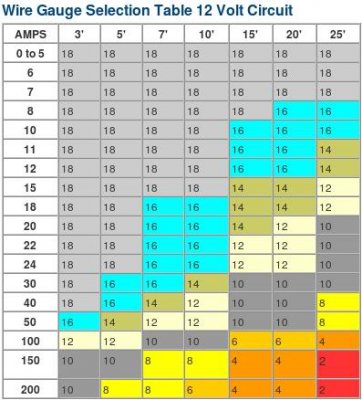Nacho-RT74
Well-Known Member
just a matter of preferences.
Myself, which I love to keep everything of my car working like factory did, would make whatever requiered to keep it on that way just safer, and this includes the ammeter working correctly, of course on a safer enviroment
There is nothing like ear big WOOOWS on car shows when they can tell everything is working order ( every buzzer, light, gauge and accesory ) and not just an unusefull ornament... and this doesn't mean you have to sacrifice anything to add performance
Myself, which I love to keep everything of my car working like factory did, would make whatever requiered to keep it on that way just safer, and this includes the ammeter working correctly, of course on a safer enviroment
There is nothing like ear big WOOOWS on car shows when they can tell everything is working order ( every buzzer, light, gauge and accesory ) and not just an unusefull ornament... and this doesn't mean you have to sacrifice anything to add performance

















